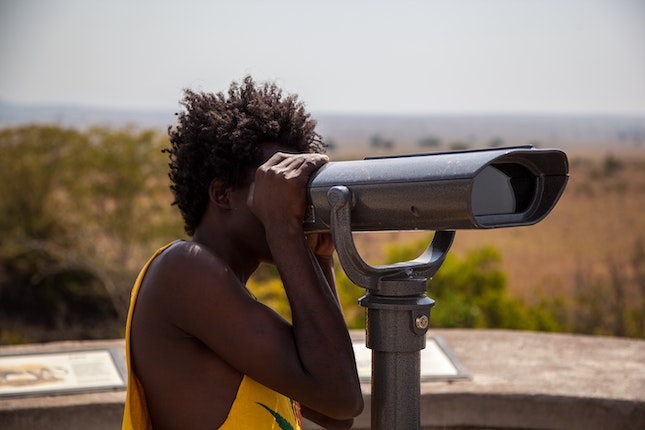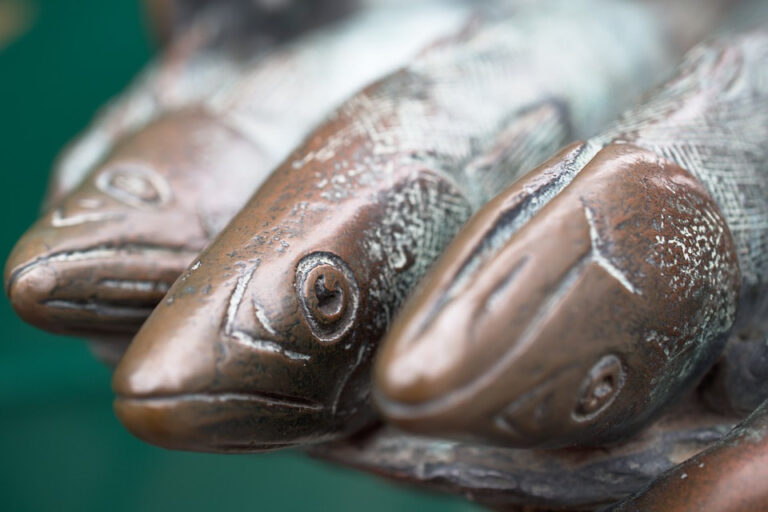Create Clues from Your Mystery Setting
The Hidden Treasures in Your Setting
When I first wrote mysteries, I was in awe of writers who could create clues out of the setting. I read Pompeii by Robert Harris and was astonished at how the clues in the story were directly related to volcanic action, mystifying the young aqueduct engineer.
The best way to discover clues in your setting is to go into the story. See what your protagonist sees. It’s easy to focus on dialogue and action and miss the ways setting can enhance your mystery. The details of the setting add breadth to your story and are the best place to plant clues.
Key places to add clues from setting.
- At the murder scene
- In a suspect interview
- When the sleuth reviews details
While you are painting the big picture of your story, zoom in on details. The create a realism in your story and are a rich source of clues.
Focus on sensory details. What does your sleuth see, taste, hear, touch, or smell.
Go On A Treasure Hunt for Your Clues
- Identify specific locations – Take a cue from filmmakers and go on a location hunt. Find the perfect apartment, street, hillside, or corporate office for your story.
- Use the web to search for images and videos especially from individuals walking around your location
- Use Wikimedia Commons to search for images related to your setting.
- Search Google Images for objects. This resource is good for historical details as well as modern.
- Notice the flora and fauna. Pick one and use it in your story.
- Redfin is a rich source to find homes, condos, and other real estate in your story’s location. The listings include images of property interiors and exteriors as well as demographics about the location.
- Walk around your setting. Take photos.
As you go through all the images, focus on details. Because 80 per cent of research is background, know that not everything you see will end up in your story. Be on the lookout for unusual details. Those are the details your sleuth notices.
Take it further. Does your perpetrator use a special scent? Get a sample so you can describe the scent in your own words.
Unique Clues Enrich Your Story
Zara Altair




